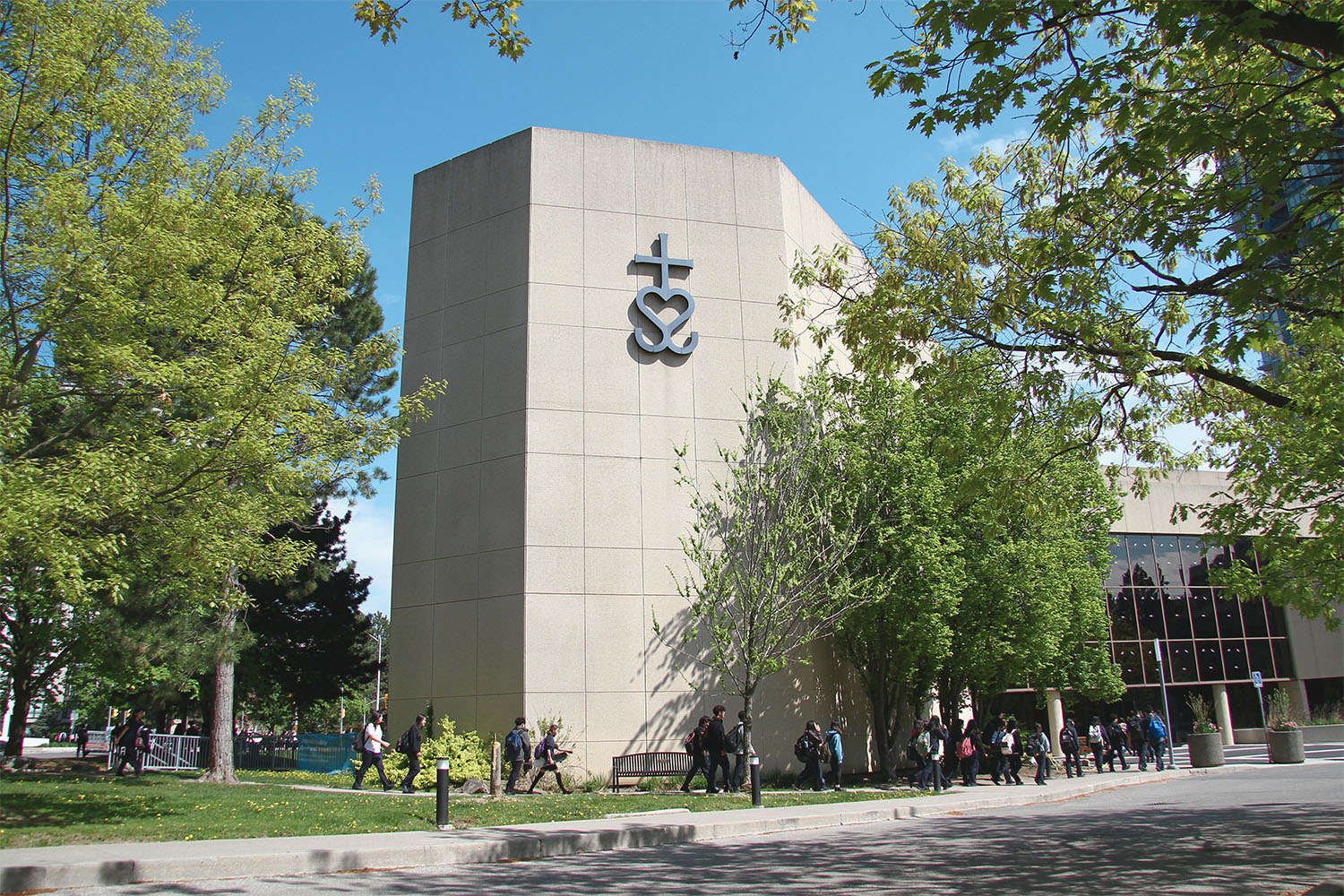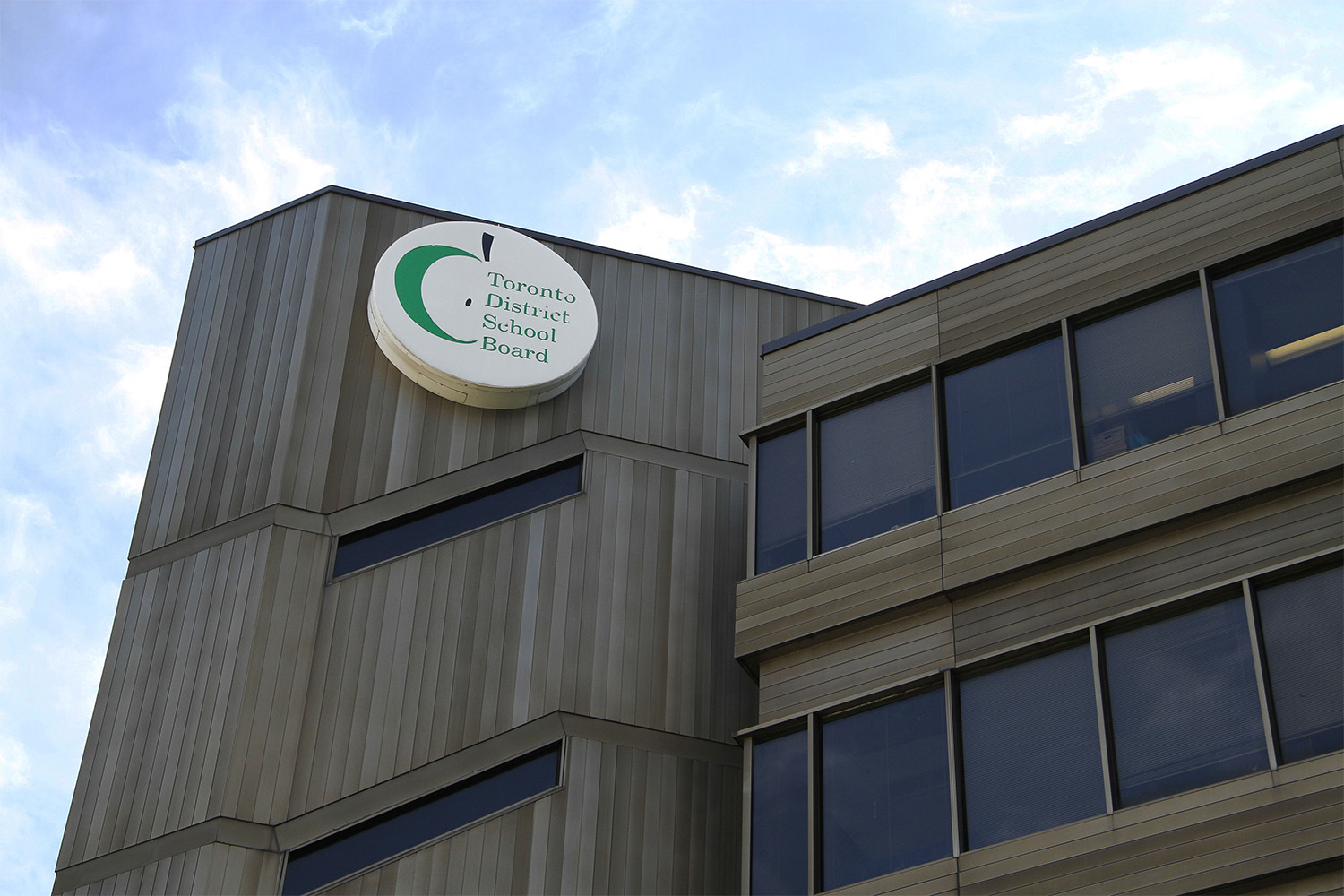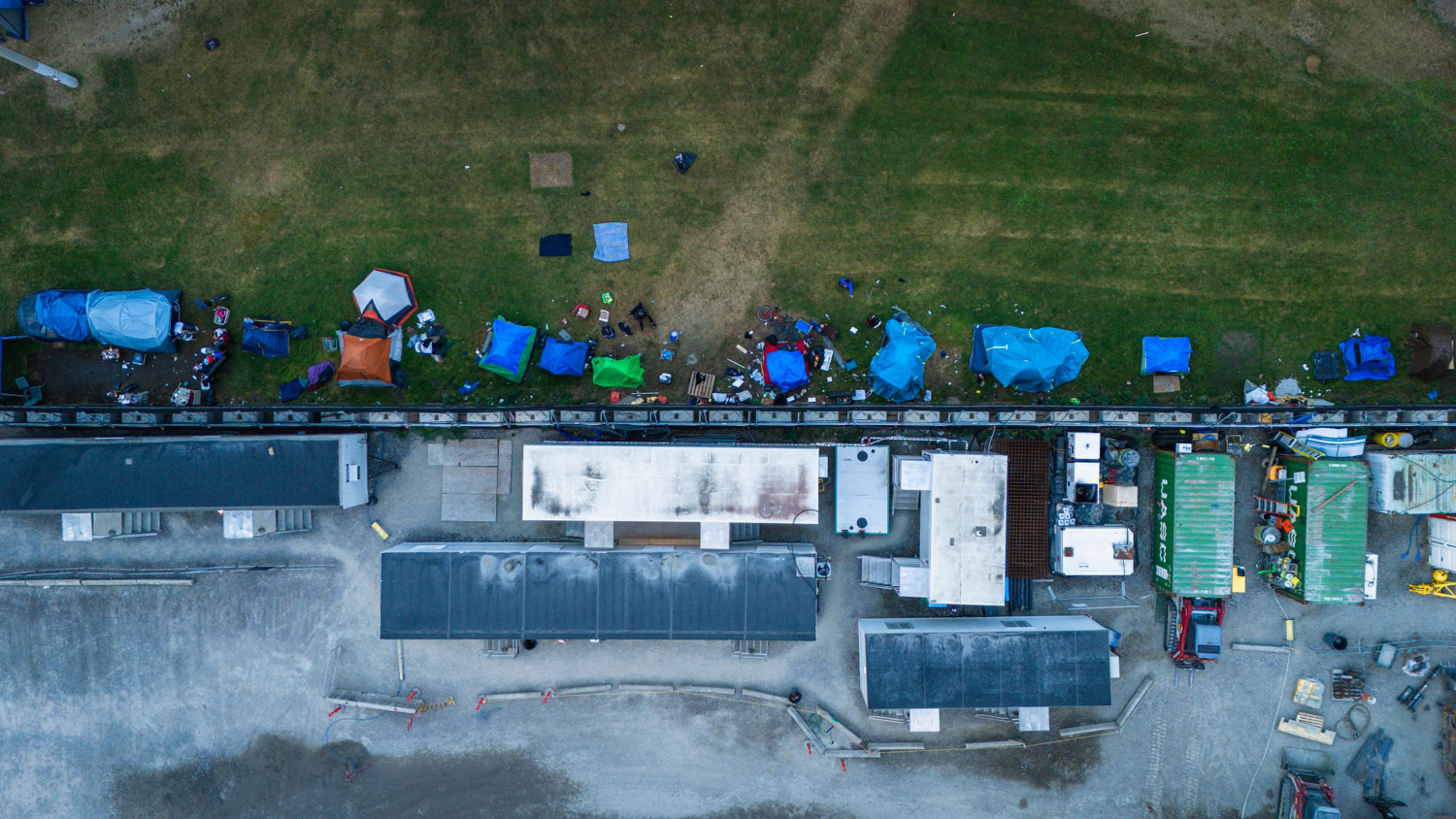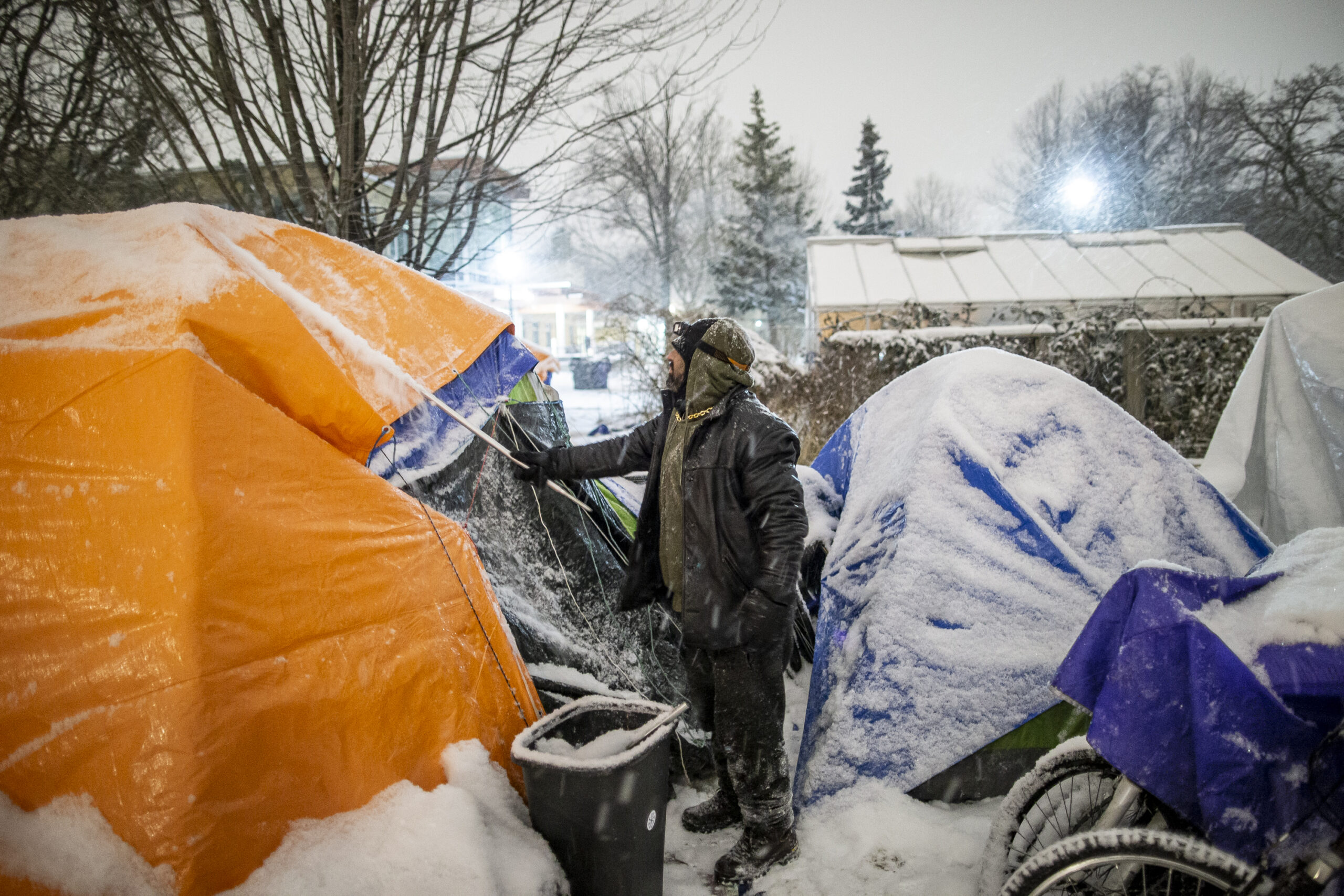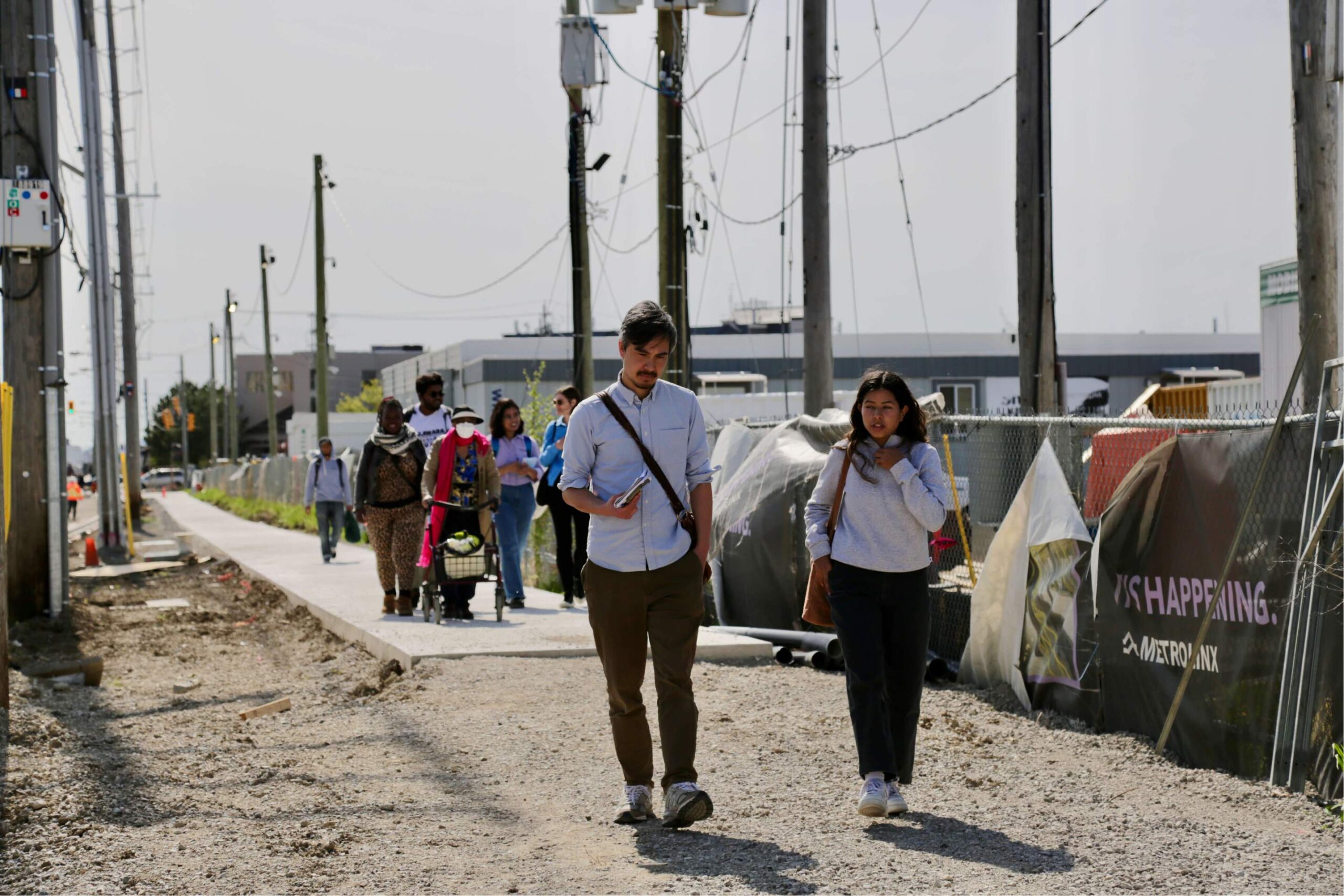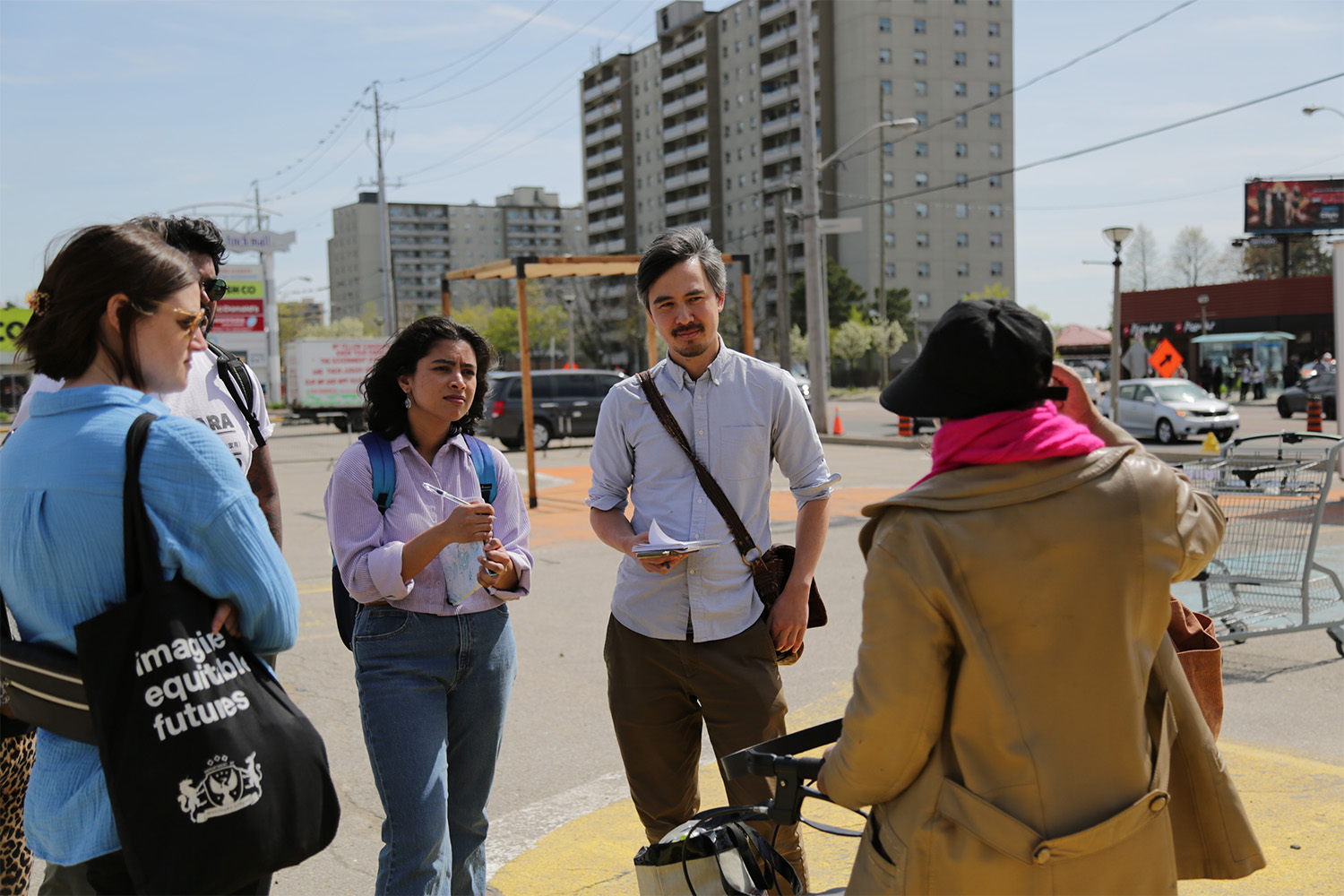

When Sam came to Canada in 2008, it was the first step in her plan to create a better life for herself and her future children. “Life was hard in the Philippines,” says Sam. Even for people with a Bachelor’s degree, finding a job that could support a family was next-to-impossible. Canada offered the promise of something better.
After 10 years here, and a whole lot of waiting, Sam is still fighting to make that life happen. (We’ve changed her name at her request.) First, she worked 10-hour days caring for a two-year-old and a newborn, making just $1,200 a month while waiting years for permanent residency so she could look for better work. Then, she got married in the spring of 2013, but had to wait two years for her husband to join her in Canada. Today, she has a better job as a personal support worker to an elderly man who has dementia, but she’s still waiting to make enough to have the life she wants. Combined with her husband’s income, they make about $2,000 a month: that means they need to live with the man she cares for. “I want to have our own apartment, but it’s hard because it’s very expensive,” she says. “The reality in Canada is, everywhere is bills.” To relax, she goes to Unison Health & Community Services, a local community centre, to attend classes and meet people like her. And in the summer, she walks.
But the toughest wait has been for a baby. Sam’s first pregnancy, in early 2015, was ectopic — the embryo implanted outside of the uterus and had to be surgically removed early in the pregnancy. A few months after that, she had her second pregnancy, which made it to full term before going terribly wrong.
When she was about 36 weeks pregnant, Sam felt that her baby wasn’t moving as much as usual. She knew she had placenta previa, meaning her placenta was lower than it should be in her uterus. That, combined with the stillness, worried her deeply. “I asked them, ‘Can I just deliver the baby?’” she says. “You have this instinct, as a mother, that something is wrong.” Her OB ordered an ultrasound, which showed that everything was fine, and told her to relax. “She actually took me like this,” says Sam, grabbing herself by the shoulders, “and said, ‘You’re worrying too much.’”
Sam wished she were bleeding, which she knew sometimes happens with placenta previa, so doctors would deliver the baby. One of her friends even suggested faking contractions to try to get the hospital to check her in, but Sam figured they would be able to see that she wasn’t really in labour. She resigned herself to waiting.
Two weeks later, she didn’t feel the baby kick at all one night, which was unusual. Remembering what happened last time she felt like something was wrong, she decided to wait until the morning. When she woke up, the baby still wasn’t moving, and she went to the hospital. They did an ultrasound. This time, they couldn’t find a heartbeat.
Sam delivered her stillborn child later that day. An autopsy revealed that a problem with the cord had likely been slowly depriving the baby of oxygen for about a week. “I cried and cried. I got depression,” she says. “My friends said, you should do something, you should sue. But I said no, I’ll leave it to God.”
Unison is in the middle of the Englemount-Lawrence neighbourhood in north-west Toronto, an area bounded by Allen Rd. on the West, Bathurst St. on the east, Highway 401 on the North, and Hillhurst Blvd. on the south. It’s a neighbourhood made up of polite Toronto bungalows and aging social housing stock, with a large Orthodox Jewish community and a number of immigrants from the Philippines, like Sam. It sits across from a Flemington Public School, where 60 percent of the students speak a language other than English at home.
Unison works with many pregnant and new mothers, and it also offers a comprehensive range of care, including primary care providers, social workers, dentists and prenatal educators. Nearly a quarter of families in the area are lead by single mothers, well above the city-wide average of 18 percent. The neighbourhood also has higher birth rates than the rest of the city, making it extra important to resolve prenatal issues. And it has fewer families with household incomes of $80,000 to $200,000 than other Toronto neighbourhoods.
The statistics are particularly frustrating given how simple the answer might be: there’s evidence that slightly raising incomes could make a big difference
Women in Englemount-Lawrence are more likely to be hospitalized during their pregnancies, as Sam was. The area has the second highest rate of prenatal hospitalization out of all 72 neighbourhoods in the Toronto Central LHIN. It also ranked poorly in a recent report from Toronto Public Health that looked at birth weight by neighbourhood: Between 7.8 percent and 9.8 percent of Englemount-Lawrence’s babies weighed less than 5.5 pounds at birth, which is worse than the city’s average.
Sam worries that the stress of her difficult job has contributed to the problems she’s had during her pregnancies. It’s a link she says is taken for granted in the Philippines, but one she thinks Western medicine doesn’t take seriously. That’s beginning to change, as research has revealed the impact of social determinants of health on pregnancy. We don’t know exactly how these social determinants affect the outcomes of specific individuals, like Sam, but broader research on neighbourhoods shows they have a profound impact on the population as a whole.
A 2010 study out of Ottawa found that lower neighbourhood family income was associated with an increased risk of low birth weight, preterm birth, babies who were small for their gestational age, babies with lower Apgar scores, and stillbirths. Research from British Columbia found that infant mortality risks were two-thirds higher in low-income neighbourhoods; research from Quebec found that women living in the lowest income neighbourhoods were 30 percent more likely to have a stillborn child.
Those statistics are particularly frustrating given how simple the answer might be: there’s evidence from Manitoba that slightly raising incomes could make a big difference. The study looked at the effect of the Healthy Baby Prenatal Benefit, which offers low-income pregnant women up to $81.41 a month with no strings attached. A study in Pediatrics found that the intervention reduced low birth weight births by 21 percent and preterm births by 18 percent. It also reduced the average amount of time babies spent in the hospital after birth.
“Income is crucial,” says Andrew Pinto, a family physician and the founder of The Upstream Lab at St. Michael’s Hospital. “It determines a lot of other things, like food security, housing, and people’s ability to attend appointments and access health care.”
Other causes of poor outcomes include the fact that people in neighbourhoods with lower socioeconomic status are more likely to have chronic stress, unemployment, a poor diet, and depression, and to smoke or use drugs during pregnancy. They’re more likely to be single parents, and to not have enough social support. Lack of income can also make accessing health care more difficult, leaving some mothers unable to afford prescriptions or struggling to make important appointments because of transit costs or difficulties getting time off work. A 2012 study that looked at more than 6,000 Canadian women found that 10 percent of new mothers with household incomes of less than $20,000 faced multiple health problems, while only about half a percent of women in households making more than $80,000 did.
Shezeen Suleman from West End Midwives, a group that serves women from the Englemount-Lawrence neighbourhood as well as others, says having a low income often affects the health of her patients. She offers the example of a local diabetes education centre that doesn’t accommodate low-income women very well. “You have to pay $150 — it’s an administrative fee — and there is a note on the form that says children are not allowed,” she explains. For a single mom without access to childcare, “those are two really strong strikes against her attending.” As a result, one of her clients waited a full seven weeks after being referred before going, to the dismay of the specialist who eventually saw her.
Low-income women also may not have access to enough food, or to nutritious enough food. In Englemount-Lawrence, the need is so high that Unison’s classes include the Canada Prenatal Nutrition Program, which combines prenatal counselling with free prenatal vitamins, food, and food coupons. At Unison, those classes cover topics like breastfeeding, and begin with the group going en masse to an onsite food bank for their rations.
“These things that you only read about in textbooks normally — we see them. You begin to notice.”
Suleman says that at West End Midwives they see higher rates of diabetes, hypertension, infection during pregnancy, labour complications, and preterm birth — much of which she credits to the neighbourhood’s poor social determinants of health. “These things that you only read about in textbooks normally — we see them. You begin to notice. Wow, that’s so strange, again that happened. And then it happens again.”
One of those women was a patient of hers who came on a student visa from the Caribbean. Once she got to Canada, she found out she was pregnant and that her tuition would be higher than she’d thought it would be, so she quit school and started working.
“She had a healthy pregnancy, but she would get chronic urinary tract infections. And infection rates are higher in people with poor social determinants of health,” says Suleman. “One night, she contacted me several times because she had possible contractions. In the morning, she texted to say she was bleeding, and I had her call an ambulance.”
Suleman ended up at the wrong hospital because she’d assumed that the woman had been texting her from home. In fact, she was at work. “Her friend had asked if she’d wanted to take her shift at McDonald’s, and because she needed to make a little more money, despite the pain she was in, she’d gone,” says Suleman.
The woman ended up delivering her baby that day, at just 24 weeks. “They lifted a pretty flat baby out of her belly, and they asked if she wanted to resuscitate,” says Suleman. Since the baby’s father was back in her home country, and there was no other support people, the mother had to make the decision through the fog of heavy anaesthesia. “She said, just keep going. And after 14 minutes, the baby came around,” she says. The baby spent months in the NICU before going home.
“It’s a bit strange that it happened to a 25 year old, healthy young person. Preterm labour does happen for reasons we don’t always understand, but we do know that the rates are a lot higher among people of colour and marginalized people,” says Suleman. “She’s young, she’s black, she has crazy life stresses. It does leave you wondering, if she had gotten here and just been a student, and her stresses were just doing her homework, would this have happened?”
On a cold January day in 2018, Sam sits in a small room at the back of Unison, telling her story, a box of Kleenex sitting on the table next to her provided by a Unison coordinator. Nearly a year after her stillborn baby, Sam says, she decided to start trying to get pregnant again, and was successful shortly after. Now, at 34 weeks pregnant, she runs her hands over her pregnant belly as she shares her story. “It’s so scary to be pregnant again,” she says.
This pregnancy has also had its complications. First, the baby’s heartbeat was lower than it was supposed to be. She also has a placental insufficiency, which means that her baby isn’t growing enough. Because of that, she’s booked for a C-section at 37 weeks. In the meantime, she monitors the baby’s movements closely.
The doctors told her that if the baby wasn’t kicking enough, she could try having a sugary drink to see if that would make it move. She drinks orange juice every time she’s worried, which is often, so she’s gained more weight than she should. “As long as every day it’s active, I don’t worry,” she says. Her wait for a child is almost over. In just a few short weeks, she will meet her baby girl.



